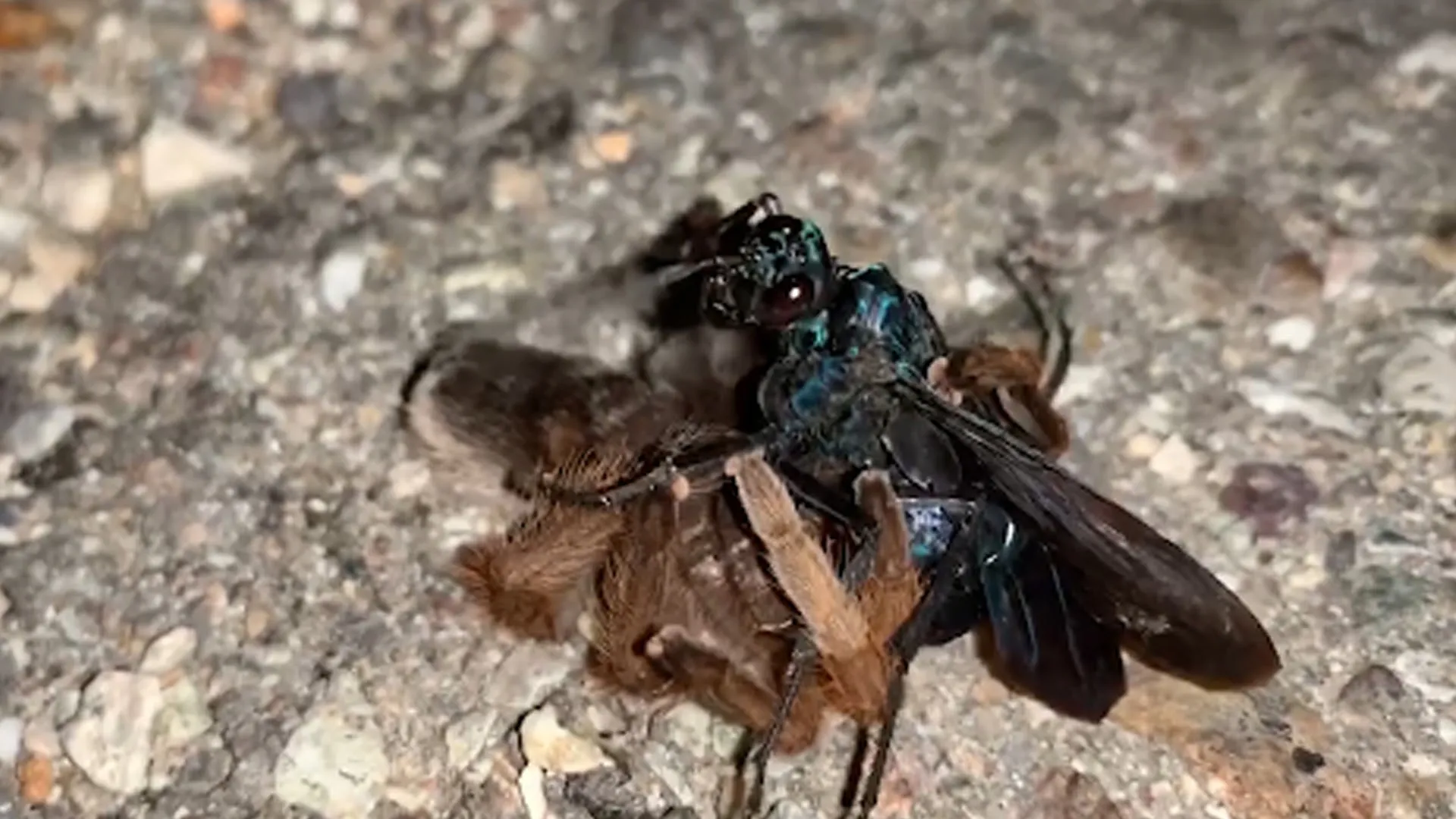Tarantula vs Toad The Deadly Duo
The natural world is full of fascinating and often dangerous encounters. Among the most intriguing are the interactions between predators and prey. In this article, we delve into a thrilling comparison of two creatures that often find themselves in direct competition, the tarantula and the toad. This isn’t just a simple comparison, but an exploration of five terrifying facts that highlight the drama and danger of their natural lives. From venomous bites to toxic defenses, and the ongoing struggle for survival, discover the captivating realities of these creatures. Both the tarantula and the toad are masters of their environment, each employing unique survival strategies. Understanding their characteristics can provide a greater appreciation for the intricate balance of nature.
Tarantula’s Venom A Potent Weapon
Tarantulas are renowned for their size and fearsome appearance, but their true weapon is often overlooked – venom. While most tarantula bites are not lethal to humans, they can cause considerable pain, discomfort, and other symptoms. For smaller creatures, the venom is deadly. The venom of tarantulas is a complex cocktail of toxins. These toxins target the nervous system of their prey. It works quickly to paralyze the victim, making it easier for the tarantula to subdue and consume its meal. The tarantula’s venom is not just for subduing prey but can also serve as a deterrent against potential predators, offering the tarantula a crucial defense mechanism in the wild. The potency varies from species to species, so it’s essential to understand the risks involved.
Toad’s Defense The Toxic Skin

Unlike the tarantula’s offensive approach, toads rely on a different strategy for survival, a potent defense system, the toxic skin. Many toad species possess specialized glands that secrete toxins as a means of warding off predators. This is a highly effective defense mechanism. These toxins are often concentrated in the skin, which makes the toad unappetizing or even deadly to any creature that attempts to eat it. The toxicity of a toad varies from species to species, but the effects can range from mild irritation to severe illness or even death. This is a key adaptation that allows toads to survive and thrive in environments with numerous potential predators. The skin is a key element in the survival strategy of many toad species.
Tarantula vs Toad Hunting Strategies
When considering the tarantula versus the toad, the differences in hunting strategies become evident. The tarantula, a patient predator, often waits for prey to come within striking distance. With a lightning-fast strike and the injection of venom, the tarantula quickly subdues its victim. This ambush style is highly effective. The toad, however, has a different approach. Toads use their camouflage and sit-and-wait strategy. They are masters of disguise, blending seamlessly with their surroundings and waiting for unsuspecting prey to come close. Their sticky tongues are their primary weapon, used to snatch insects and other small creatures with incredible speed and precision. Each species has evolved unique methods to ensure it can find and capture its food.
Tarantula’s Hunting Tactics
The tarantula’s hunting tactics are based on stealth, patience, and power. They construct burrows or find safe places, where they wait for unsuspecting prey to come near. The tarantula’s keen sense of vibration allows it to detect movement. Once prey is within range, the tarantula launches a lightning-fast attack, often injecting venom to immobilize the victim. They then use their fangs to inject digestive enzymes, which break down the prey’s tissues, allowing the tarantula to consume the nutrient-rich meal. This method of hunting is well-suited for their predatory lifestyle. They can eat many different types of insects, other arachnids, and even small vertebrates.
Toad’s Defensive Tactics
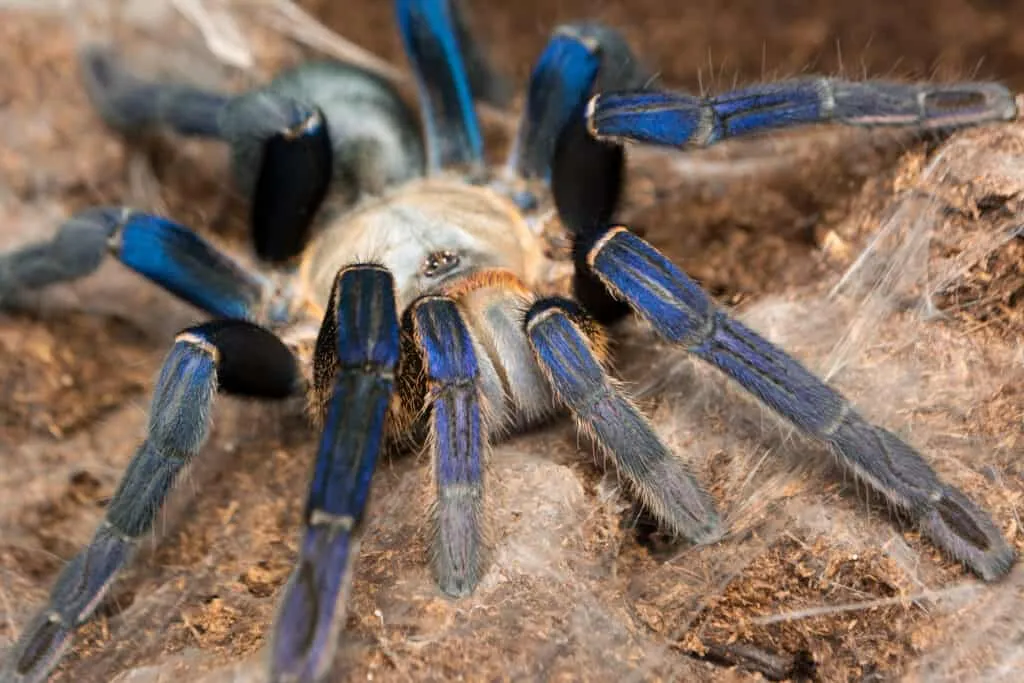
The toad’s defensive tactics are more about avoiding confrontation. They are experts at camouflage, blending in with their environment to avoid being seen by predators. When threatened, toads can inflate their bodies to appear larger and more intimidating. This often deters predators. The toad’s toxic skin provides a significant deterrent. When a predator attempts to bite a toad, it will immediately experience the effects of the toxins. The toxins can cause sickness or even death, deterring the predator from attacking again. This blend of camouflage, intimidation, and toxicity makes the toad a difficult target for many predators. Their survival is a testimony to their resilience.
Tarantula vs Toad Size and Appearance Differences
The size and appearance of both tarantulas and toads play crucial roles in their survival strategies. The tarantula is a large, imposing arachnid, covered in hairy legs and a bulky body. Their size alone can deter some potential predators. They range in size depending on the species, with some tarantulas having leg spans that exceed 10 inches. They also possess a distinct pair of fangs, which add to their fearsome appearance. The toad’s appearance, on the other hand, is designed for camouflage. They generally have a more compact body shape with rough, warty skin. Their coloration often matches their surroundings, helping them blend in. The size of toads also varies, but they are typically smaller than tarantulas. The contrasts in appearance reflect their different lifestyles and survival strategies.
Tarantula’s Appearance
The tarantula’s appearance is designed to intimidate and to ensure hunting success. Their bodies are covered in thick, bristly hairs, which have sensory functions. They help the tarantula detect movement and vibration. The large size and hairy legs also contribute to the tarantula’s imposing presence. The fangs are also prominent. They are used to inject venom into prey. Their coloration can vary widely depending on the species, ranging from earthy browns and blacks to vibrant blues and oranges. The overall impression is that of a formidable predator.
Toad’s Appearance
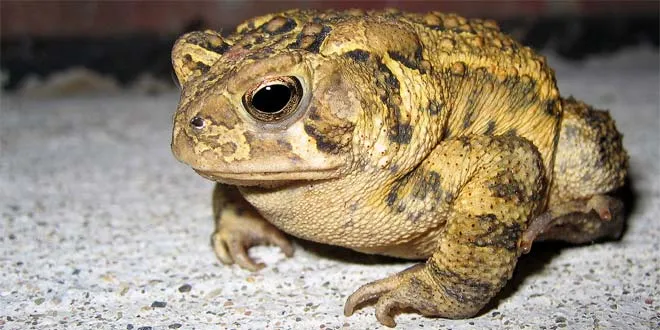
The toad’s appearance is geared more towards blending into its environment. They have a more squat, compact body shape. The skin is typically dry and warty, which helps them blend in with rocks, leaves, and other natural elements. The coloration is usually a drab mix of browns, greens, and grays, providing excellent camouflage. The eyes are strategically positioned on top of the head, allowing them to keep a watchful eye on their surroundings. Their overall appearance is less threatening, but its primary focus is on concealment.
Tarantula vs Toad Habitat and Diet
The habitats and diets of tarantulas and toads highlight their distinct ecological niches. Tarantulas are adaptable creatures, found in a wide variety of habitats, from tropical rainforests to deserts. They are typically terrestrial, living in burrows or under rocks and logs. They are primarily carnivorous, preying on insects, small mammals, and sometimes even birds or lizards. The toad, in contrast, is typically found in damp environments, such as forests, grasslands, and even suburban gardens. They are also carnivorous, but their diet mainly consists of insects, worms, and other small invertebrates. These variations in habitat and diet reflect their different adaptations to survive in their respective environments.
Tarantula’s Habitat
Tarantulas are highly adaptable creatures, thriving in a range of habitats. From the humid rainforests of South America to the arid deserts of the southwestern United States, tarantulas have found ways to survive. Most tarantula species are terrestrial, spending much of their lives on the ground. They construct burrows. Others prefer to live under rocks, logs, or other sheltered locations. The tarantula’s habitat provides shelter from predators and the elements. The conditions of the environment are crucial to their survival.
Toad’s Habitat
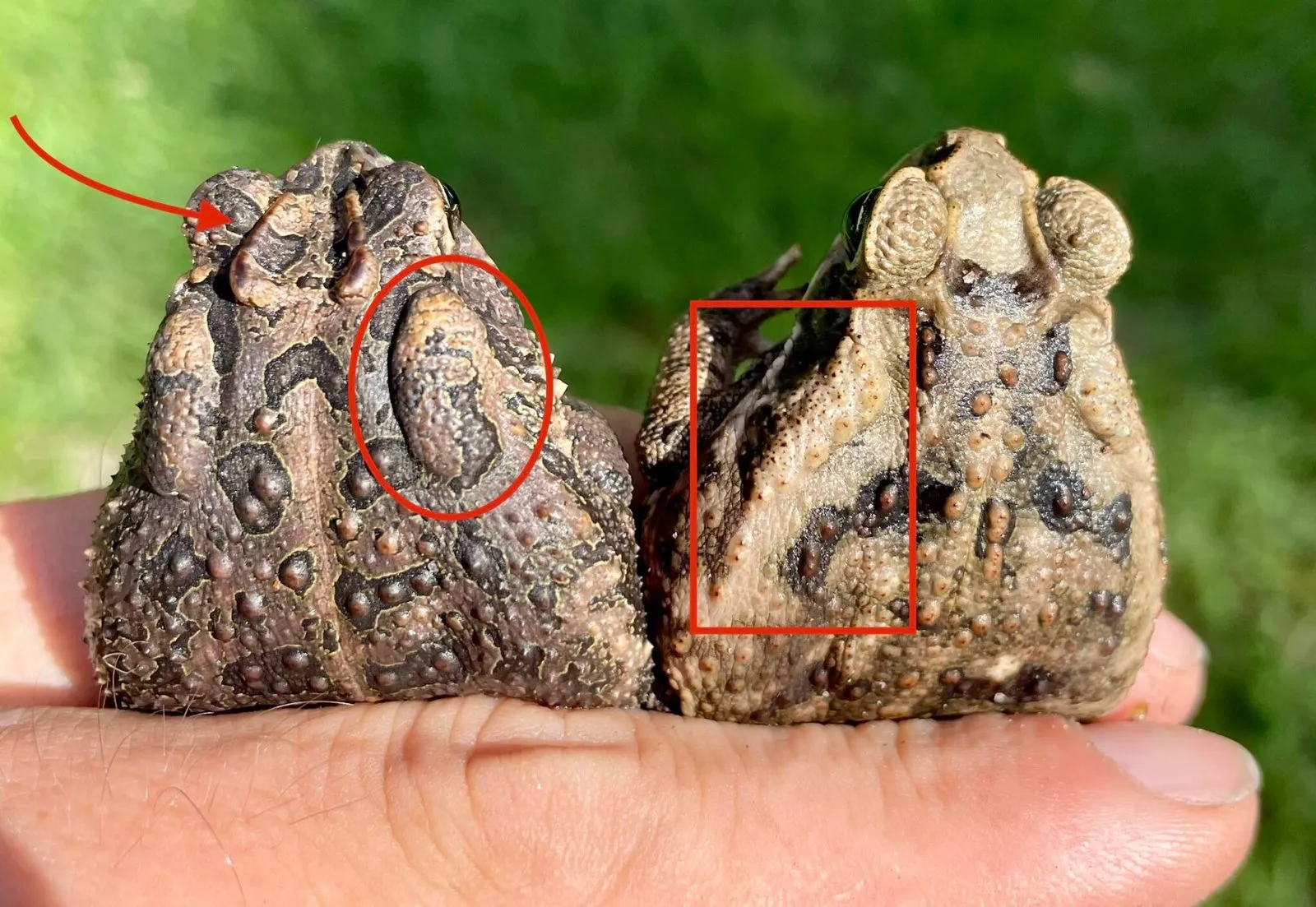
Toads are primarily found in environments with moisture, such as forests, grasslands, and near bodies of water. They are often active at night, seeking refuge during the day. The toad’s habitat provides shelter from predators, and essential moisture. Many toad species are also commonly found in urban and suburban areas. They are able to thrive in gardens and parks. The availability of food sources is a key factor in the choice of habitat.
Tarantula’s Diet
Tarantulas are opportunistic predators, with a diet that varies based on their size and the availability of prey. Their diet primarily consists of insects, such as crickets, grasshoppers, and beetles. Larger tarantulas can also take down small vertebrates, including lizards, rodents, and even small birds. They use their fangs to inject venom to subdue their prey, and then they consume the entire body. The tarantula’s diet is a testament to its predatory prowess.
Toad’s Diet
Toads are voracious insectivores, with their diet consisting primarily of insects, worms, slugs, and other small invertebrates. Their sticky tongues are perfectly adapted for catching fast-moving prey. Toads actively hunt, and their diets depend on what is readily available in their habitat. They play a crucial role in controlling insect populations, making them valuable members of their ecosystems.
Tarantula vs Toad Survival Challenges
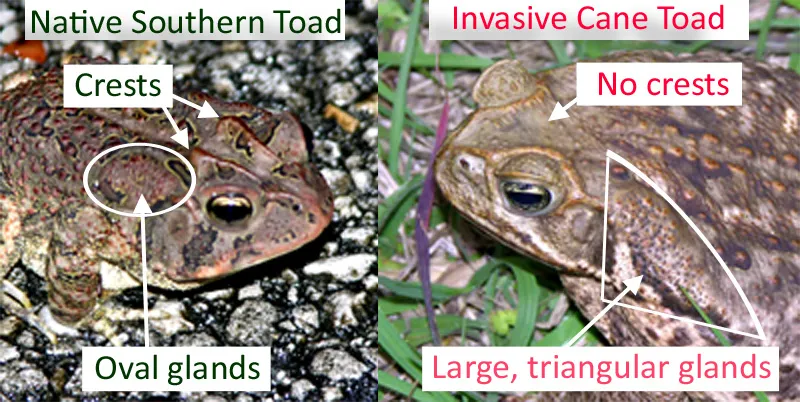
The survival of both tarantulas and toads is a constant challenge, with many factors threatening their well-being. For tarantulas, the main threats include predation from larger animals. The tarantula faces habitat loss due to deforestation and urbanization. For toads, the biggest threats include habitat destruction, pollution, and the deadly chytrid fungus. Climate change and the introduction of invasive species also pose significant challenges. By understanding the survival challenges faced by both species, we can better appreciate the conservation efforts needed to protect these fascinating creatures and the balance of their ecosystems.
